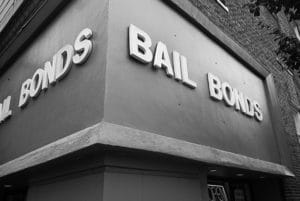Unless a person is charged with a capital offense, most everyone arrested in California is entitled to an amount of bail. State courts have a bail sheet to set bail for various charges while each county sets their own bail schedule. The goal is to ensure that bail amounts are uniform but when bail can vary widely from one county to another, this goal is not achieved.
Bail is generally set at one of two times
In most cases, initial bail amounts are set shortly after the arrest or the arraignment, which is the defendant’s first court appearance. Mitigating facts should be presented to the court if bail should be lowered. When you work with Chambers Law Firm, we will file Bail Reduction Motions as necessary. It is important to note that only one bail motion is allowed (unless the circumstances of the case change) so your criminal defense attorney must be prepared for your Bail Reduction Hearing.
The court will consider numerous factors when deciding bail
Even if a bail schedule is in place, there are still mitigating factors that will be taken into consideration when the final bail amount is set. This includes the flight risk of the accused, the criminal history of the accused, how serious the crime is, whether or not the judge feels that the accused poses a danger to the community, and the employment status of the accused.
How to work with a bondsman
If the full bail amount cannot be secured then you may need to work with a bondsmen. Generally speaking, they will charge 10% of the entire bond and will in exchange post the entire required bond. This 10% is not returned to you. However, it is common for a bondsman to lower the cost of the bond for defendants who have secured private counsel.
There are three mail types of bail
A person who is arrested can generally post three types of bail. The first option is cash bail, which requires that the defendant or a party acting on their behalf has the exact amount of cash or can post a cashier’s check. In some jurisdictions, a credit card may be allowed but cash is always easiest. That said, bail amounts often range from $10,000 to $100,000, which makes cash bail difficult.
The second option is a bail bond, which is discussed above. The third option is a property bond in which the equity in real property (such as a house) is used as collateral for bail. However, the equity must actually be twice the amount of the bail and the property must have been appraised not long before the date of the bail.
If you or a loved one are arrested and need help understanding the bail process or any other aspect of the criminal system, then you need a qualified attorney. Contact an experienced attorney today for a free legal consultation.





